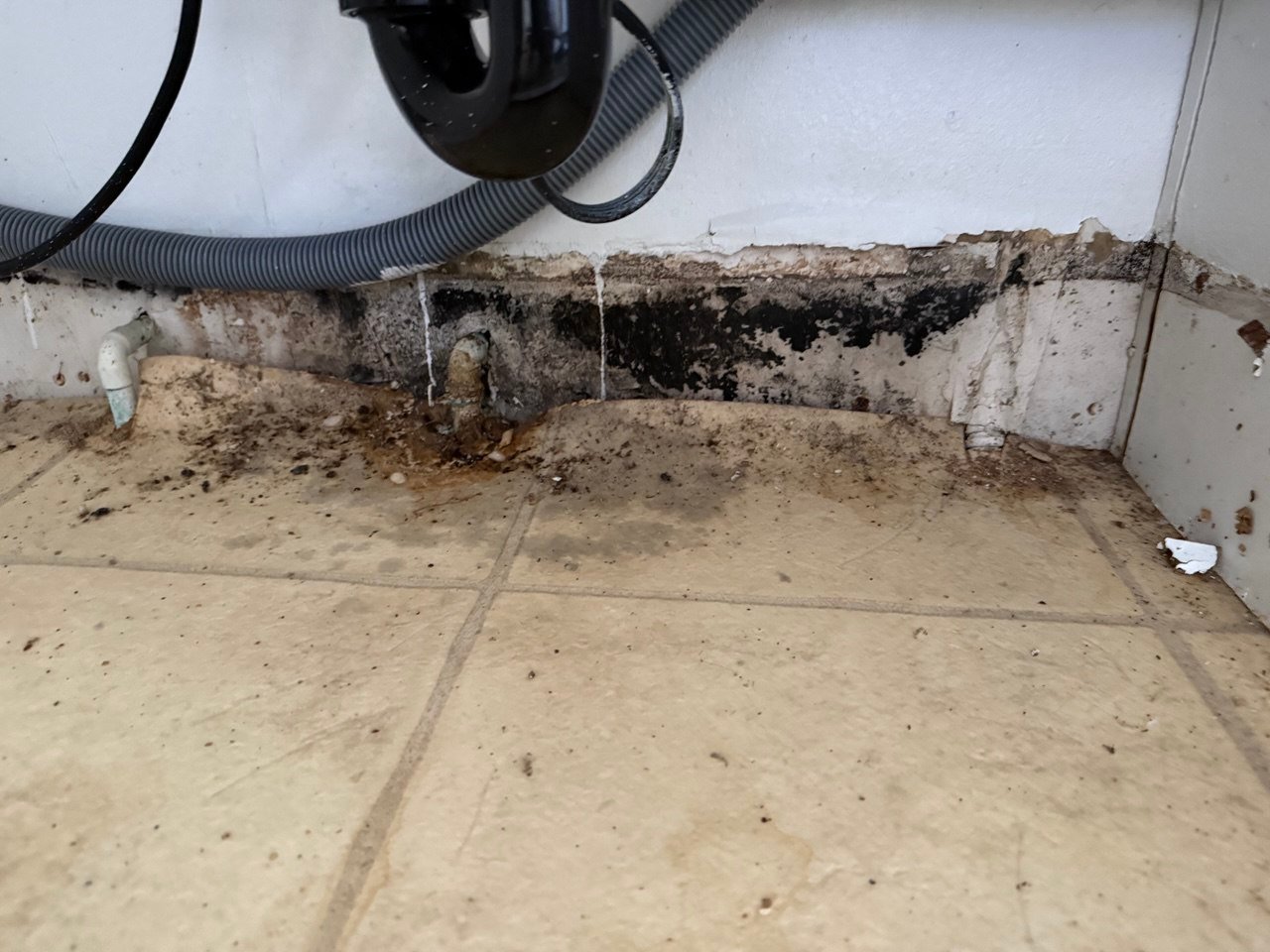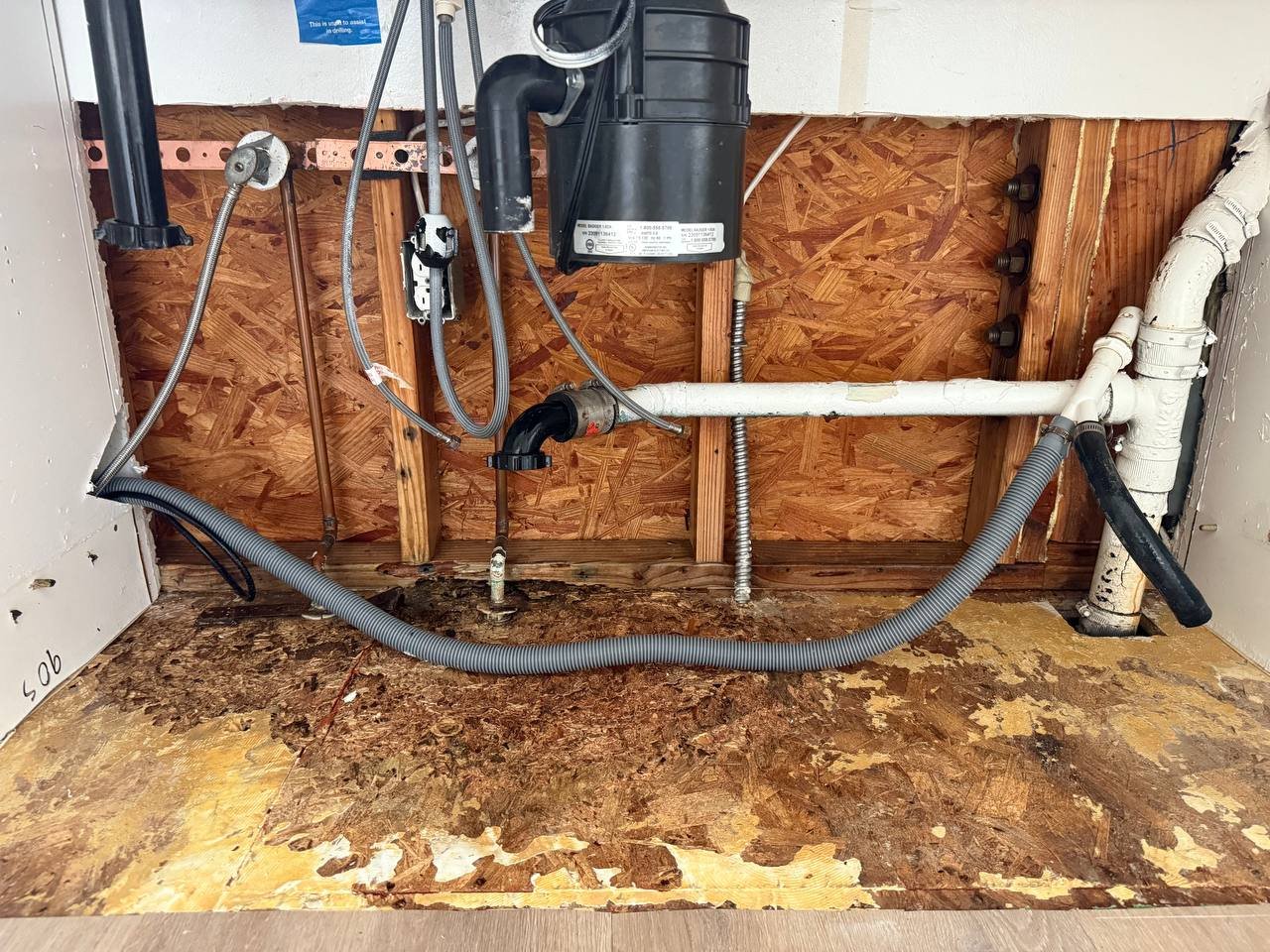Mold Remediation in Santa Monica, CA | Inspection, Removal, Prevention
Santa Monica’s coastal microclimate brings marine-layer fog, salty air, and frequent wind—the perfect recipe for lingering indoor humidity. From Ocean Park bungalows and North of Montana homes to condos near the Promenade, small leaks and poor ventilation can turn into recurring odor and visible growth. Onsite Pro Restoration delivers certified inspections, controlled removal, and prevention designed for Santa Monica’s finishes, building assemblies, and HOA requirements.
Get Started
Service Form
Signs You May Need Mold Remediation
Musty Odors, Spots, or Recurring Stains
A persistent musty smell, speckling on drywall or plaster, and stains that return after cleaning indicate trapped moisture inside walls or ceilings.
Symptoms That Ease Outdoors
If congestion, coughing, or eye irritation improve when you leave the home but return indoors, hidden moisture or growth is likely present.
After Leaks, Fog-Heavy Weeks, or HVAC Issues
Roof-deck intrusions, window and stucco seepage, slow plumbing drips, or clogged AC condensate lines keep porous materials damp long enough for mold to colonize—especially during long marine-layer periods.

Why Mold Happens in Santa Monica Homes and Buildings
Coastal Humidity and Marine Layer
Morning fog and ocean air hold RH high. Bathrooms, laundry rooms, and small utility closets stay humid even without visible leaks. Assemblies dry slower, and odor lingers unless moisture is controlled.
Roof Decks, Flat Roofs, and Parapets
Decks over living space, scuppers, and parapet details are common from the beach blocks to Mid-City. Membrane failures or clogged drains pond water and wet insulation and drywall below.
Windows, Stucco, and Salt Exposure
Wind-driven rain exploits hairline stucco cracks and older windows. Salt accelerates corrosion at fasteners and flashing, opening micro-paths for water around sills and parapets near Ocean Ave and Main St.
Older Plumbing and Tight Floorplans
Aging copper or galvanized lines and worn angle stops drip behind cabinets. Small kitchens and laundry niches concentrate humidity and feed growth in toe-kicks and base plates.
Crawl Spaces and Landscaping
Irrigation against stucco and low airflow raise crawl-space humidity in Sunset Park and Pico neighborhoods. Moisture wicks into lower walls and cabinetry.
Multi-Unit Stack and Exhaust Problems
Condos near Downtown and the Promenade often share stacks. Leaks travel between units, and improperly vented baths dump humidity into attics or chases, fueling recurring spots.

Our IICRC S520 Mold Remediation Process
Inspection and Moisture Mapping
We identify sources and map wet materials using pin/pinless meters and thermal imaging. Scope follows IICRC S520. Sampling is recommended only when it informs scope, satisfies HOA/lender requirements, or verifies clearance (PRV).
Source Control
Mold returns if the source remains. We coordinate roof or membrane repair, window and stucco sealing, plumbing fixes, condensate service, and ventilation upgrades before or during remediation.
Containment and Negative Pressure
We isolate work zones with poly or rigid containments and zipper doors. HEPA-filtered negative air maintains pressure differentials so dust and spores do not migrate. HVAC supplies/returns in the zone are sealed. Floors, stairs, and halls are protected to keep clean areas clean.
Removal of Contaminated Materials
Porous materials with established growth—colonized drywall, wet insulation, affected carpet pad—are removed. Where plaster is sound with only superficial growth, we attempt cleaning; delaminated or deeply colonized areas are removed. Framing is exposed where needed for cleaning and dry-down.
HEPA Cleaning and Detail Work
We HEPA vacuum, mechanically agitate, and detail clean all affected surfaces. Targeted antimicrobial supports cleaning. It never replaces source removal.
Controlled Drying to Targets
Commercial dehumidifiers and directed airflow bring materials to target moisture. We log baseline, daily, and clearance readings and do not close the job until targets are met.
Post-Remediation Verification (as needed)
For larger projects, HOAs, short-term rentals, or sensitive occupants, a third-party assessor performs PRV. Passing criteria include clean visuals, odor-free conditions, balanced air handling, and project-appropriate sampling.
Documentation and Handover
You receive photos, containment layouts, moisture and equipment logs, and a line-item scope in Xactimate format. Clear records reduce adjuster pushback and protect future disclosures.
Click Here
Specialty Care for Coastal and Historic Santa Monica Finishes
Plaster, Lath, and Historic Trim
Many homes north of Montana and in Ocean Park include plaster and millwork. Plaster retains moisture longer than drywall, so we use lower-stress airflow, selective opening, and careful sanding with HEPA capture. Historic casings and built-ins are protected and preserved when feasible.
Hardwood, Engineered, and Salt-Exposed Surfaces
Coastal humidity increases cupping risk. We stage dehumidification and use floor-drying mats. Engineered cores that swell are documented for replacement. Subfloors are verified dry before reinstalling.
Tile and Stone Over Mortar Beds
We manage vapor to reduce efflorescence and staining. Non-destructive meters confirm drying beneath dense finishes. Where assemblies trap water, we plan minimal-impact relief points.
Cabinets and Built-Ins
Toe-kick removal improves cavity airflow. If panels delaminate, we plan sectional removal and preserve doors/faces where possible, documenting conditions for insurers.
HVAC Closets and Laundry Niches
Clogged condensate lines and restricted vents are common in smaller units. We remediate affected areas, service drains, and recommend float switches and exterior venting.
Santa Monica Case Study: Roof-Deck Leak Near Ocean Avenue
Situation
After a windy winter storm and several fog-heavy mornings, a two-story home a few blocks from Ocean Ave developed ceiling stains below a roof deck. Moisture mapping found wet insulation and ~260 sq ft of affected drywall. A nearby bath fan terminated in the attic, maintaining high humidity.
Containment and Removal
We built room containment with a HEPA negative-air machine, sealed registers, and protected floors and millwork. Saturated insulation and limited ceiling drywall were removed where readings required.
Cleaning and Drying
Framing was HEPA-vacuumed, mechanically cleaned, and treated with targeted antimicrobial. Dehumidifiers and air movers established a closed drying system. Daily moisture logs were shared with the owner and insurer.
Outcome
Dry goals met on day 4. Odor resolved by day 2 after source removal and cleaning. Roofing contractor corrected the membrane and scupper detail. The bath exhaust was vented to exterior with a humidity-sensing fan. The claim was approved without re-inspection due to complete documentation.
Lesson
In coastal neighborhoods, both membrane integrity and proper ventilation must be addressed. Fix only one and problems recur.
Costs and Variables (Typical Ranges, Not a Quote)
Actual pricing depends on size, materials, access, HOA/historic constraints, and verification needs:
Containment and protection: $150–$600 per chamber based on complexity.
Selective demolition: drywall removal/haul-off $2.50–$5.50 per sq ft; wet insulation removal $1.50–$3.50 per sq ft; baseboard/toe-kick remove/replace $6–$12 per linear ft.
HEPA negative-air (per day): $95–$165 per machine.
Air movers / dehumidifiers (per day): $25–$45 and $75–$125.
Detail cleaning + antimicrobial: $0.20–$0.50 per sq ft treated.
PRV by third party (if used): billed separately by the assessor/lab.
Policies often cap mold coverage but may support the sudden and accidental water loss that caused it. Our documentation ties cause, extent, and dry-down to policy language to reduce delays.
Prevention After Remediation
Roof and deck membranes: inspect seams, penetrations, and scuppers; keep drains clear before storms.
Ventilation: vent baths and laundry to exterior; use humidity-sensing fans or timers; improve make-up air in tight rooms.
Windows and stucco: seal cracks, maintain flashing, and check sills after wind-driven rain.
Indoor RH control: hold ~40–50%; use portable dehumidifiers during fog-heavy weeks.
Plumbing: replace aging angle stops and supply lines; add leak alarms under sinks, washers, and water heaters.
Crawl spaces and landscaping: redirect irrigation, maintain positive grading, and improve airflow.
Post-event verification: after any leak, confirm target moisture before closing walls or refinishing floors.
Health and Safety
HEPA negative air holds pressure differentials and prevents cross-contamination.
PPE and controlled waste handling protect occupants and workers.
Lead/asbestos rules are followed for pre-1978 materials before disturbance.
No “fog-only” shortcuts; established growth requires source removal.
Timeline
Inspection and scope: same day.
Containment, removal, initial cleaning: 1–2 days for a bathroom or closet; longer for multi-room or ceilings below decks.
Drying and PRV: typically 2–4 additional days depending on materials and humidity.
Rebuild: after moisture targets and, if used, PRV pass. Typical scopes: drywall/texture, insulation, paint, trim, and touch-up on millwork.
Insurance Support
Xactimate estimates that mirror carrier formats.
Evidence package with photos, moisture logs, equipment logs, and scope notes.
Direct adjuster communication to reduce re-inspections and speed decisions.
Related Santa Monica Services
Santa Monica Sewer Damage Cleanup
Safe sewer and biohazard cleanup.
Santa Monica Fire Damage Restoration
Complete fire and smoke restoration.
Santa Monica Water Damage Restoration
Fast water extraction and drying.
Santa Monica Hub Page
Explore all services in Santa Monica
We serve Santa Monica, Ocean Park, North of Montana, Sunset Park, Mid-City, Pico, and adjacent Westside neighborhoods including Venice, Mar Vista, and Brentwood. Dispatch is 24/7.
